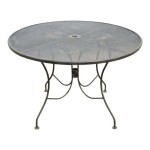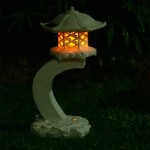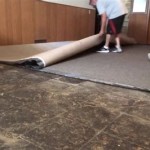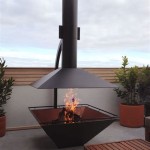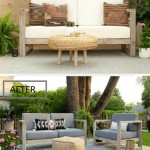Essential Aspects of Outdoor Play Areas for Toddlers
Outdoor play is crucial for toddlers' physical, cognitive, and social development. Here are some essential aspects to consider when designing or selecting outdoor play areas for toddlers:
Safety
Safety should be the primary concern. Choose play equipment made from durable materials, properly installed, and regularly maintained. Ensure surfaces are non-slip, and there are no sharp edges or protruding hazards. Provide shade and water access to prevent overheating and dehydration.
Age-Appropriate Equipment
Select equipment that is suited for toddlers' physical abilities. Consider their size, strength, and motor skills. Swings, slides, sandboxes, and low climbers are ideal choices. Avoid tall structures or complex play equipment that may pose safety risks.
Sensory Stimulation
Outdoor play areas should provide opportunities for sensory exploration. Include elements that stimulate toddlers' senses of sight, sound, touch, smell, and taste. Sensory gardens with colorful flowers, fragrant plants, and edible herbs can be engaging and educational.
Imaginative Play
Encourage imaginative play by incorporating playhouses, tunnels, and other structures that foster pretend play and storytelling. Provide loose parts, such as blocks, stones, or fabric, to stimulate creativity and problem-solving skills.
Socialization
Outdoor play areas should facilitate socialization and cooperation among toddlers. Incorporate shared play equipment, such as swings, seesaws, and sandbox tables. Provide designated areas for gathering and group activities, encouraging toddlers to interact and build relationships.
Accessibility
Ensure the play area is accessible to all toddlers, regardless of their abilities. Consider ramps, sensory gardens, and inclusive play equipment that accommodates children with special needs. Accessibility allows all children to enjoy the benefits of outdoor play.
Natural Elements
Incorporate natural elements into the play area, such as trees, boulders, and water features. These elements provide opportunities for toddlers to explore the natural world, engage in risky play, and develop their gross motor skills.
Supervision and Maintenance
Adequate supervision is essential. Designate an adult to supervise toddlers at all times, ensuring their safety and well-being. Establish regular maintenance schedules to keep the play area clean, safe, and in good condition.
Consider Environmental Factors
Consider the climate and environmental factors when designing the play area. Provide shade and shelter from harsh weather conditions. Use sustainable materials and incorporate drought-tolerant plants to minimize water consumption and environmental impact.
Engaging and Educational
Outdoor play areas should be both engaging and educational. Integrate learning opportunities into the design, such as sensory trails, story paths, or interactive play panels. Encourage exploration, curiosity, and scientific discovery.

Safe And Secure Covered Outdoor Play Area For Kids

16 Outdoor Play Areas For Kids Backyard Playground Ideas

30 Creative And Cool Outdoor Kids Play Areas Shelterness

Fantastic Backyard Playground Design And Areas For Your Kids Page 23 Of 50 Evelyn S World My Dreams Colors Life Play Area

Safe And Secure Covered Outdoor Play Area For Kids

16 Best Outdoor Play Areas For Kids Ideas And Designs 2024

Charlie S Outdoor Play Area A The Look Emily Henderson

30 Creative And Cool Outdoor Kids Play Areas Shelterness

My Favorite Ideas Inspirations For Kid S Outdoor Summer Play Areas Gathered Living

46 Creative And Fun Outdoor Kids Play Areas Digsdigs

